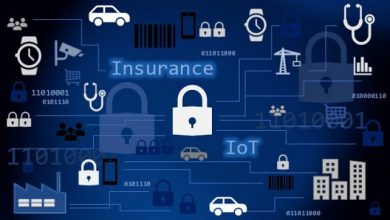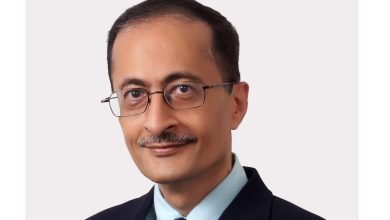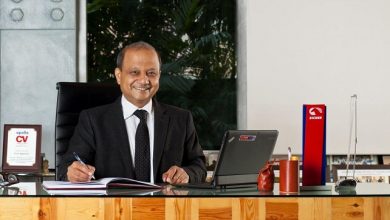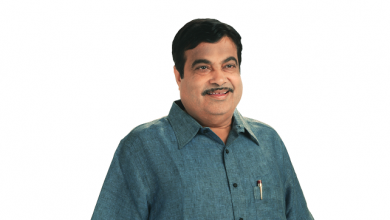Telematics, a Crucial Gateway for Tomorrow’s Software-Defined Vehicles

In an interaction, Dr. N. Saravanan, Chief Technology Officer, Ashok Leyland, shared his views with Richa Tyagi during 62nd SIAM Annual Convention 2022 at New Delhi. Dr. Saravanan, before joining Ashok Leyland, was associated with Ford Motor Company and Intel Corporation. Here are some excerpts from the interview:
Could you please tell us about the new initiatives at Ashok Leyland to meet the transition in automotive industry?
To meet the transitions in automotive industry Ashok Leyland has taken some initiatives particularly in powertrain and fuel system. Electrification is already there in some segments including commercial vehicles and the buses. We are looking at electrification in the light commercial vehicles and migrating towards heavier trucks. The next technology we are looking at is CNG and LNG. CNG had a spike last year but because of pricing it has come down but we expect it to stabilize. After that we will look into green hydrogen or any form of hydrogen burning IC engine.
The other set of technological changes are in the area of connected vehicles and software driven vehicle. When we talk about connected vehicles, it is not necessarily autonomous driving but more about the use of automotive telematics. Our focus here is to use this technology to make things safer, while increasing the economics from a customer perspective.
Can you tell us about the Digital NXT platform?
We believe in the long term, ‘digital’ is the key. Whether it is in the design phase, manufacturing phase or even in sales process. We’re looking at how we transform from a digital perspective. The lowest level is automating, which is traditional. The next is how to use ‘digital’ to get things done faster and better. How to, increase efficiency in the plant, how to improve sales performance and so on. The long-term goal is to have things like ‘digital showroom’. The idea is that in long term ‘Digital’ becomes the fabric in Ashok Leyland.
Can you share your views about total cost of ownership?
If you look at new products it is all going to be based on total cost of ownership. It is not just about buying the vehicle. Even if you look at the EV buses you find customers say ‘I’ll pay per kilometre’ which means you need to have a good total cost of ownership. What digital does, for example even if you’re selling electric buses, we call it a mobility service platform. We are not selling products. We are selling service. So the more ‘digital’ you are able to use, the more efficient you are, that is how we can reduce costs. By using digital, we are able to see and govern every aspect. We are able to use ‘digital’ as a way to decrease overall TCO for the customer.
Is there any role of telematics service providers around your ecosystem?
As you may be aware starting with BSVI, every vehicle we sell has a telematics unit. We are in the Gen One of telematics where we are doing a bit of trace and track, we are trying to improve fuel economy; we are doing a bit of a driver monitoring etc. I think in long term vehicle telematics becomes the hub, when It becomes a central gateway for us to not just interact with the vehicle and customers, but being able to use that as a gateway for software driven vehicle.
Thinking of electric vehicle, no one can stop me from giving you more range, less range. The software is giving me more power or less power depending on the application and so on. In tomorrow’s vehicle which would be a software defined vehicle, I think telematics will be a crucial gateway.
Anything on Driver Behavior Monitoring?
Driver behaviour monitoring which helps in both ways one is from preventing accidents or safety perspective which is very critical for us; and secondly it is optimising fuel consumption, which is one of the large cost for customers. Especially with new technology like battery electric vehicle, 15-20% of the economy comes from a driver behaviour. We can train driver by using telematics data in a vehicle. Gaming or simulation platforms can also be used to train drivers. I think we can see lot of benefits.
We introduced a couple of products in the market, which are in pilot stage. The idea is how do I improve driving behavior both from fuel economy and also from the safety perspective.
Published in Telematics Wire





